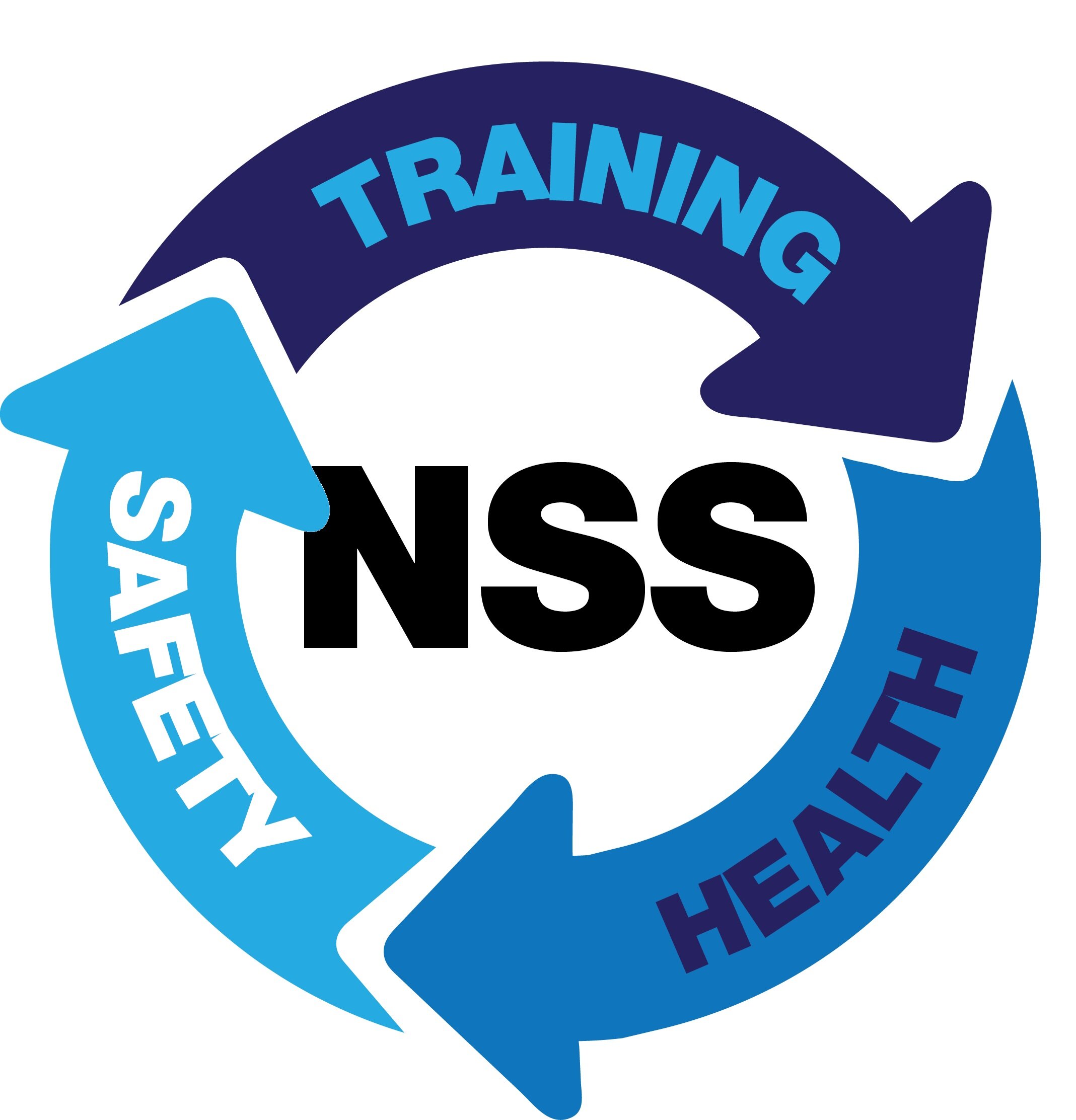Silicosis - Everything You Need to Know about this Silent Killer.
With a distressing amount of cases being brought forward across the country over recent months, doctors say silicosis could be the next occupational lung disease crisis to hit Australia since the asbestos disaster.
Silicosis, the disease caused by exposure to crystalline silica, is associated with elevated risk of cancer and severe pulmonary fibrosis disease and has been in the news recently due to calls for a national response to protect tradesmen.
What is silicosis?
Accelerated silicosis is an aggressive and incurable form of lung disease which affects construction workers, stonemasons, farmers, miners and engineers.
It is caused by breathing in unsafe levels of silica dust, which scars lungs and causes them to stiffen.
Until recently, cases usually affected older men who had worked in dusty conditions before the implementation of the current occupational dust regulations and who had the slowly progressive disease. However, over the past few months, an alarmingly high number of young men under the age of 53, have been diagnosed with severe progressive silicosis following dust exposure from cutting artificial stone bench tops, and it is highly likely that many more will soon be detected.
Screening in Queensland by WorkCover has uncovered an epidemic of silicosis as reported by the 7.30 Report on Oct 10th & 22 November 2018.
What is silica dust?
Silica is contained in construction materials such as concrete, bricks, tiles, sandstone and granite. Silica dust is generated in workplace mechanical processes such as crushing, cutting, drilling, grinding, sawing or polishing of natural stone or man-made products that contain silica. Some dust particles can be so small that they are not visible (also known as respirable particles).
Respirable silica dust particles are small enough to penetrate deep into the lungs and can cause irreversible lung damage.
Doctors are so worried about engineered stone because of the high silica concentration of up to 90 per cent. Engineered stone is a popular building product that is used to fabricate kitchen and bathroom bench tops. This product first came onto the market approximately 15 years ago, as a cheaper alternative to granite and marble. Today, there are more suppliers of engineered stone in Australia than ever before, and stonemasons are in demand.
What are the symptoms of silicosis?
Silicosis causes shortness of breath, chest pain, fatigue and a severe cough. But symptoms often do not present in the early stages of the disease, so it can go undetected for years.
If a worker is exposed to and breathes in silica dust they could develop:
chronic bronchitis
Emphysema
Lung Cancer
Kidney Damage
Scleroderma - a disease of the connective tissue of the body resulting in the formation of scar tissue in the skin, joints and other organs of the body.
There are three common types of silicosis:
Chronic — occurs after at least 10 years of exposure
Accelerated — results from higher exposure levels and 5-10 years of exposure
Acute — develops from weeks or months of very high exposure
How prevalent is silicosis in Australia?
It usually takes decades of breathing in silica dust to develop silicosis, according to WorkCover Queensland, but the disease is more prevalent than you might think.
The Cancer Council says about 587,000 Australian workers were exposed to silica dust while on the job in 2011. About 5,758 of those are estimated to develop lung cancer in the future as a result of that exposure. Silicosis is currently believed to be incurable other than by lung transplantation.
On 18 September 2018, the Queensland Minister for Industrial Relations, Hon. Grace Grace, announced a ban on dry cutting of artificial stone and the launch of a health screening program for all involved in such work in Queensland. There has been no ban on dry cutting of artificial stone announced in other states.
Regulations
Schedule 9 of the Occupational Health and Safety Regulations (2017) and Schedule 14 of Work Health and Safety Regulations list Crystalline Silica as a hazardous substance requiring health monitoring. Air monitoring will need to be conducted If there is any doubt that the exposure standard is being exceeded or to find out if there is a risk to a worker’s health.
To meet your OHS/WHS obligations, you need to identify situations in your workplace where SiO2 exposure is a hazard, assess the risk and, where necessary, control the exposures to the required levels in accordance with the prescribed control hierarchy.
Spirometry Testing is the mainstay for the screening and management of workers at risk of occupational lung disease. It should be performed on all employees who are potentially exposed to irritant dusts, gases and vapours in the workplace and are at risk of occupational lung disease.
This exposure standard is being review as a priority by Safe Work Australia as part of the review of the workplace exposure standards - This should be completed in December 2019.
Employers
At a time when safe work practices are paramount, it is alarming to see such a spike in Silicosis cases. Employers in this industry should know the dangers of engineered stone, and they have an obligation to implement practices and procedures to ensure that employees are not at risk of developing life-threatening conditions like Silicosis.
Employers can use a number of techniques to minimise the risk of their workers contracting Silicosis: implementing safe cutting techniques such as ‘wet cutting’, supplying adequate personal protective equipment, and ensuring the exhaust systems in workshops are adequate.
National Safety Services trainer Shane Wallace stated that “It’s something that we recommend employers and supervisors toolbox with their employees to educate them on this subject and the effects of respiratory illnesses… It can be prevented with the right knowledge”.
Call us on 4960 9086
We discuss this during Asbestos training in regards to respiratory illnesses caused from materials.
On the 21st February, ABC released this new update:
https://www.abc.net.au/news/2019-02-21/silicosis-death-dust-audit-reveals-major-epidemic-worse-asbestos/10830452
References:
https://www.abc.net.au/news/2018-10-12/what-is-the-dust-lung-disease-silicosis/10365604
https://www.safeworkaustralia.gov.au/silica
https://insightplus.mja.com.au/2018/46/stone-workers-silicosis-australias-new-epidemic/
https://www.lawyersalliance.com.au/opinion/the-return-of-silicosis


